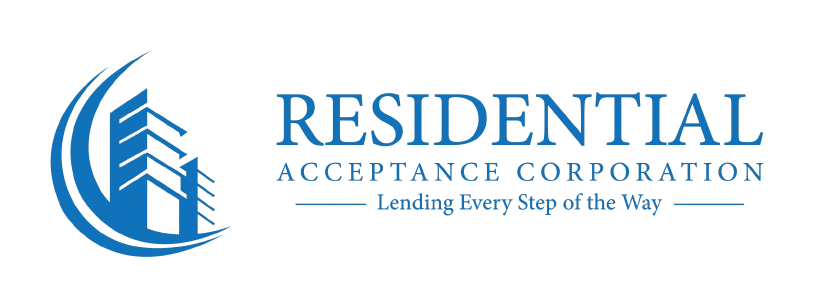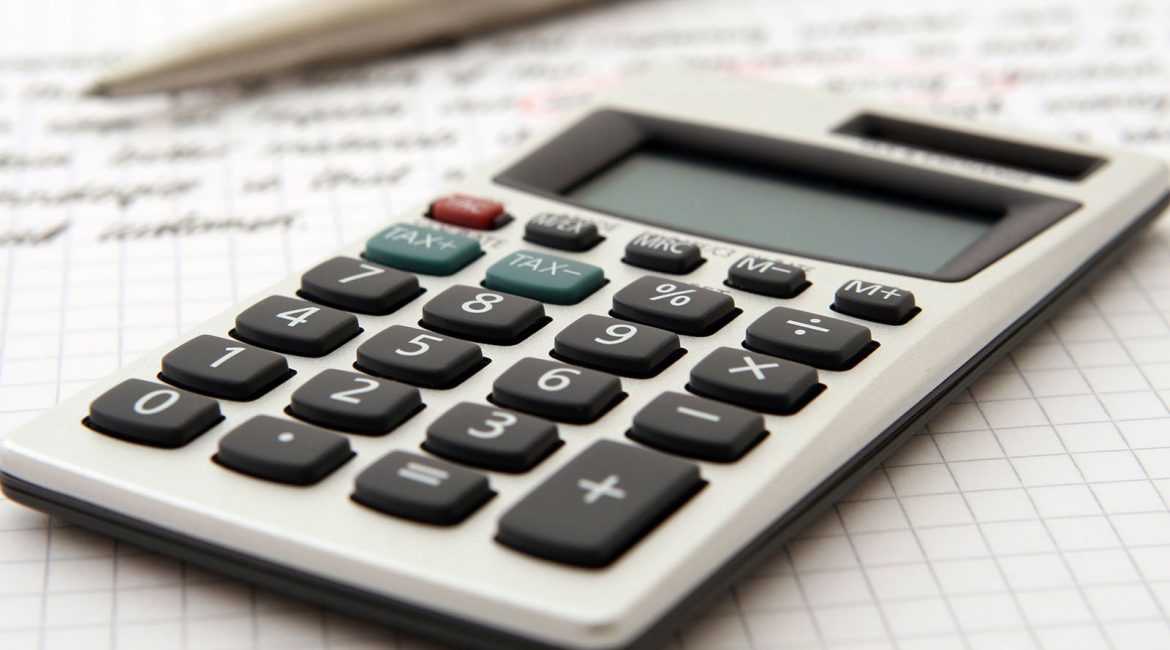Loan-to-Value (LTV) Ratios Explained
The Basics
A big piece to the puzzle when applying for a home loan is the loan-to-value ratio or LTV. In simple terms, the LTV is the amount of money you intend to borrow as a percentage of your home’s value. This is a big piece to the puzzle to get a loan approval.
LTV = Mortgage Loan Balance / Home Value
Why LTV is Important
You may be asking: why is LTV so important, anyways? From a lender’s perspective, the LTV ratio is extremely important because the higher your borrower’s LTV, the lower his/her home equity will be. Naturally, most lenders view borrowers with low equity as having a greater risk of defaulting on their loan.
What’s a good LTV ratio?
Anything less than 80% LTV holds less risk to lenders, like RAC. As a general rule, lenders require those who take out a mortgage with an LTV greater than 80 percent to pay for private mortgage insurance. This protects them in the event a borrower defaults by ensuring that the outstanding balance of the loan will be paid off.
The sweet spot
RAC underwrites to the guidelines, with no overlays. That means less hoops to jump through! RAC allows the following LTV ratios for each loan type:
- FHA loans allow 90% to 96.5% LTV
- USDA and VA loans allow 100% LTV
If the LTV ratio is too high, your borrower may end up having to pay for private mortgage insurance.
The Lesson
Don’t get trapped. It’s a good idea to keep the LTV in mind when searching for a home.
Want a little secret?
Start by seeing if your borrower is pre-qualified by submitting a 1003 and credit report with Residential Acceptance Corporation. TBDs are also accepted. You’ll receive a response directly from a RAC underwriter within 24 hours. If you send it in before noon EST, we’ll have an answer for you by 6 P.M. EST. Submitting a Pre-Qual is simple, easy, and allows you to know the range of what your borrower is able to afford.



